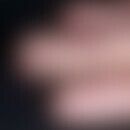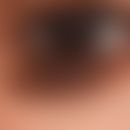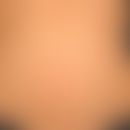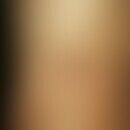DefinitionThis section has been translated automatically.
Until the Middle Ages used to a paste stirred mixture of auric pigment (arsenic aperture, toxic), slaked lime and starch.
Pure auric pigment is a mineral that is mined in various places in the world, including Europe. It contains 60.9% arsenic and 39.1% sulphur, but can also contain admixtures of selenium (Se), antimony (Sb), vanadium (V) and germanium (Ge). In addition, the mineral is often also contaminated with clay minerals, silicon dioxide (SiO2) and/or stibnite (antimonite, Sb2S3).
For Rhusma Turcorum the following prescription can be found in the Lexikon der Kosmetischen Praxis by R.Volk:
- Auripigmenti 2,0
- Calcar.hydric. 10,0
- Amylum 5,0
This powder was mixed with some water to a paste and applied for 2-3 minutes on the area to be depilated.
Note(s)This section has been translated automatically.
In ancient Greece but also in ancient Rome hair on the body (except for the head hair) was considered barbaric (barbae=beard bearer). Rhusma Turcorum, which was already used by the Greeks and Romans, was used as a depilatory cream.
Apparently Rhusma Turcorum is still used in some areas in Turkey (1 part auripigment and 8 parts slaked lime are rubbed together. To this is added egg white and soapy water to make a paste). Instead of shaving, Turks remove their beards by smearing their face with this paste and washing it off after it dries.



